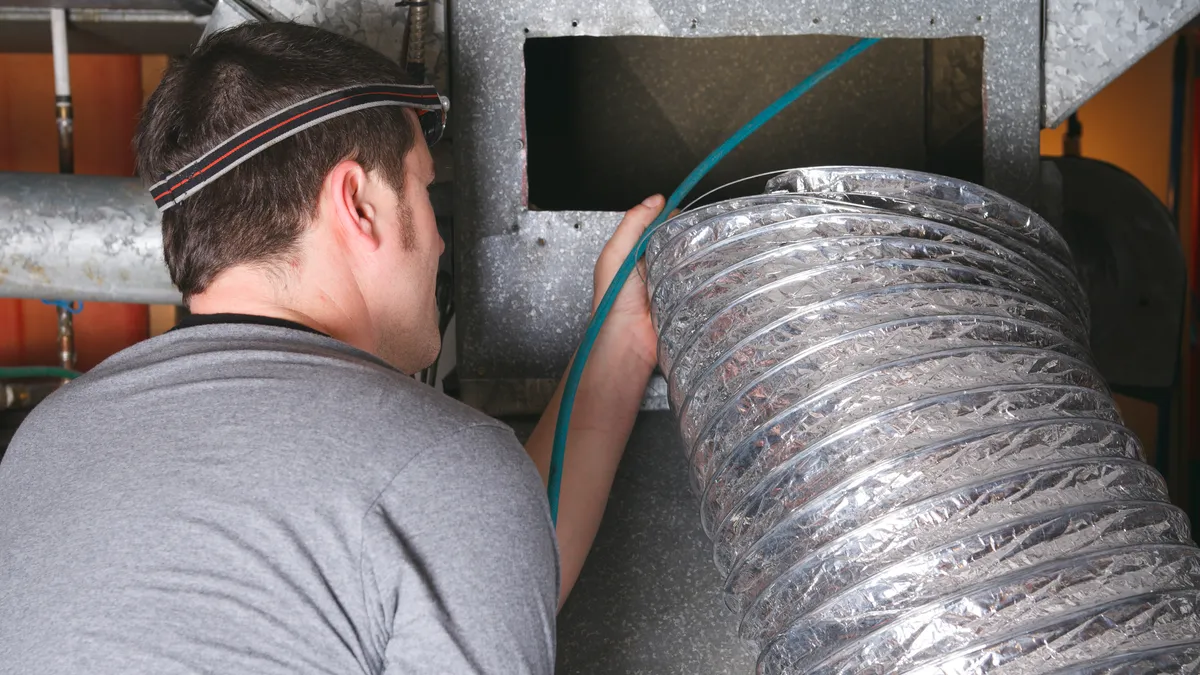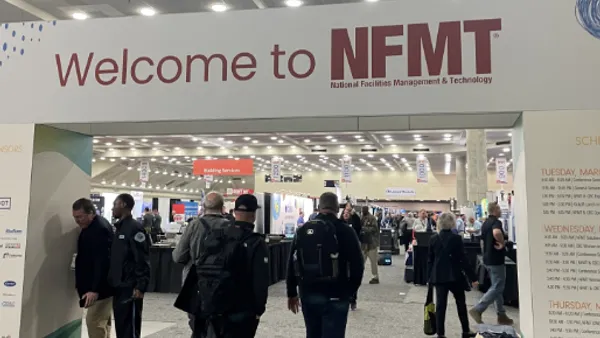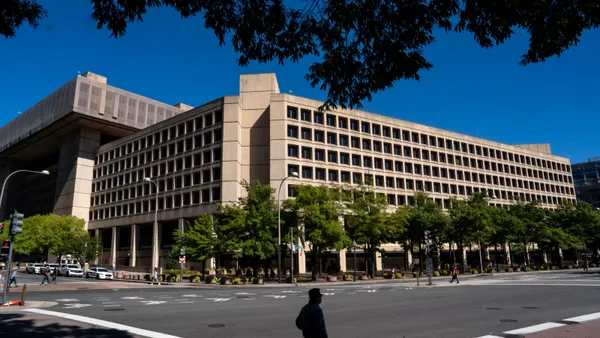The COVID-19 pandemic’s impact on remote work has decreased demand for public and private parking, but it’s only the latest factor in a long-term decline in demand for parking. That trend actually began about 15 years ago, according to Jerry Marcus, owner of The Parking Advisory Group, which provides design and consulting services for owners and operators of parking facilities. “The younger generations aren’t as enamored of the car in general,” he said, which has contributed to the reduced demand for parking facilities.
The rise of electric vehicles, the shift to remote and hybrid work and a world where drivers have more choices than before are also contributing to the rapid evolution of parking space management.
To adapt to these changes, “Asset owners and managers need to be as flexible as possible,” according to Robert Ferrin, senior project manager of mobility and parking at engineering, planning and design firm Kimley-Horn. “Think about who your customers are and how their behaviors are changing.”
Digging deeper into the trends
Though Marcus says he sees an overall decline in demand for parking facilities, that varies based on region, urban or suburban setting, and most notably, type of facility. “Medical offices are the biggest exception,” he said. “They’ve gained density because doctors are bringing patients in all at once, and that’s having a big impact on the number of vehicles on-site.”
"You can’t assume everyone is coming in [to the office] five days a week any longer."

Robert Ferrin
Senior program manager at Kimley-Horn
Ferrin also sees airport parking demand ticking up on the heels of the pandemic. He attributes this to a decrease in ride-sharing because customers “want ownership of the trip.”
In urban settings, the decline in daily office commuters due to the shift to remote or hybrid work is softening demand for garage parking. Ferrin sees that as an opportunity for facilities managers. “The demand is very uneven,” he said. “You can’t assume everyone is coming in [to the office] five days a week any longer, so how do you better utilize the space?”
One solution to uneven demand is switching from monthly to daily parking permits, or offering both, according to Ferrin. It’s important to make sure that the two rates are aligned to provide value to the customer and keep a steady stream of revenue, he adds. “Issue hybrid permits or adjust your rates to prioritize permit holders,” he said.
The suburbs are reclaiming traditional malls and strip retail establishments and turning them into modern, walkable downtowns, Marcus said. This shift creates a new demand for structured parking, which can ensure easy access to these revitalized suburban centers.
Using technology to optimize parking assets
Parking asset managers should focus on how drivers experience their parking assets and what value those assets deliver, according to Jeffrey Johnson, chief customer officer at Flash, which provides parking technologies, garage parking solutions and EV charging services. This means considering convenience, ease of payment and extras like aiding in the search for EV charging, Johnson said.
From Johnson’s perspective, technology is key to delivering this value. “We’re seeing asset owners move to meet drivers in the apps and platforms they use every day,” he said. “Optimize your presence across integrated platforms to consistently present [your parking] as the best option.”
Marcus envisions the spread of technology adoption across suburban areas will result in models similar to those hotels and airports use that vary pricing according to the desirability of the space. “If you don’t want to pay, you park farther away and walk,” he explained. “It’s about giving customers choices.”
Ferrin agrees. “More customers want a frictionless experience, especially for special events,” he said. “Think about how your facility can respond to these demands.”
Adapting to future needs
Despite ongoing discussions about repurposing old, underutilized garages into other usable space, such conversions are not as practical as they may seem, said Ferrin. “There are a few unique cases where it’s possible to convert ground floors for pick up and drop off, or [to partner] with freight providers for e-commerce,” he said. “But garages are pretty limited — they were designed for parking. Aside from designing space for scooters or bike shares, there aren’t many options.”
Looking ahead, Johnson expects EVs will dominate the parking conversation, requiring operators to ensure chargers are plentiful, reservable and reliable. “If your car can bring you to parking assets where you can find chargers, the EV model is a much easier sell,” Johnson said. He also believes lower-friction entry and payment systems will be preferred: “Drivers will want parking assets with integrated systems (gates, cameras, kiosks and software) that recognize the vehicle and tie reservations and payments to cars and license plates.”
"The focus [of parking] can change in the next decade. It may shift to the needs of self-driving vehicles or two-way energy management."

Jeffrey Johnson
Chief customer officer at Flash
Parking is an asset in flux, and managers must think ahead to manage its evolution, Johnson said. “The focus can change in the next decade,” he said. “It may shift to the needs of self-driving vehicles or two-way energy management. Whatever the focus, the key for asset owners is to position themselves to intelligently augment their facilities so that they can monetize any type of mobility.”













